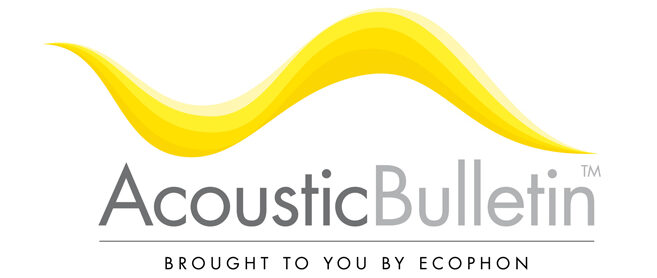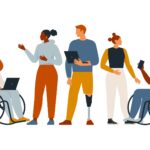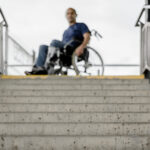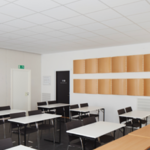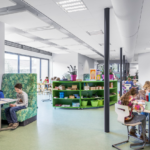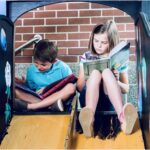The Italian government has distinguished itself by allowing its building policies for school environments to be guided by overwhelming scientific evidence linking classroom acoustics to academic performance. Now the world has a strong example to follow in the shape of the newly published Italian acoustic standard for schools, UNI 11532-2. In 2020, Italy initiated a […]
Education
I LISTEN project harnesses acoustics for special education needs (SEN)
IO ASCOLTO (I LISTEN) is an innovative research project tested in Turin to improve children’s learning abilities at school and intended to combat specific learning disorders experienced by children with special education needs (SEN) such as dyslexia – the inability to read words and texts quickly and correctly – which, according to AID (Italian Dyslexia […]
New research shows that a lower reverberation time helps children cope with multi-talker listening situations
How children make sense of the complex signals they hear in the classroom depends partly on their hearing and cognitive abilities. But newly published research shows more about the important part played by the acoustic environment in this process; specifically, the role of reverberation time. The ability to make sense of what you are hearing […]
World Health Organization (WHO) predict global increase in hearing loss in young people: challenges and acoustic solutions
Hearing loss in young people aged 12-35 years is a growing issue worldwide [1]. Smart phones and iPads have come to dominate children’s lives and yet regulations limiting sound levels are not in place. Meanwhile, parents are struggling to regulate their children’s device usage. In 2022, the World Health Organization (WHO) estimated increase globally in the […]
Embracing Aural Diversity in Education through Universal Design for Learning
Classrooms the world over are filled with children that have a range of hearing conditions: from tinnitus and hearing loss to glue ear and noise sensitivity (hyperacusis). Meanwhile, schools claim to be “inclusive” without accommodating this aural diversity in any way. How can they achieve real inclusivity and accessibility by applying some of the core […]
Universal Design: Embracing Difference
In the 1970s, architects began to acknowledge that the people which inhabited the buildings they designed might depart slightly from da Vinci’s Vitruvian Man (pictured below). This movement, christened Universal Design [1], brought with it specialized ramps, doorknobs and other design features which anticipated that people from the broad spectrum of humanity should be able […]
Diffusion or absorption?
The Subjective Experience Depending on Type of Acoustic Treatment Recently, PHD student Emma Arvidsson, published an article regarding different acoustic treatments in ordinary rooms and how they are perceived. The article concerns how people subjectively experience different acoustic environments and furthermore, if the experience was different depending on where in the room they were sitting. […]
Sound masking in schools: panacea or auditory Band-Aid?
A vibrant soundscape in any educational context, be it within a preschool, school or university, usually means a healthy learning environment. Students engaging with their education actively often generate more sound as they enthusiastically critique, consider and explore their learning materials and communicate with their teachers and peers. To counteract this, acousticians have striven for […]
Counteracting post-pandemic literacy delays through better classroom acoustics
Effects of COVID-19 on children’s literacy levels worldwide After COVID-19 struck in January 2020, schools were some of the first institutions to close as wave upon wave of restrictions and lockdowns were applied globally. With such a sudden discontinuation of many children’s schooling, the effects of the pandemic on the learning and development have been […]
Noisier teaching methods pose serious challenges for classroom design
Teaching methods shape the classroom sound environment Teachers of today have the shared goal of maximizing student engagement whilst maintaining a controlled sound environment. This has resulted in decades of innovation in educational approaches, classroom design and acoustic standardization. When additionally considering the influence of advancements in technological tools which have further augmented the field […]
